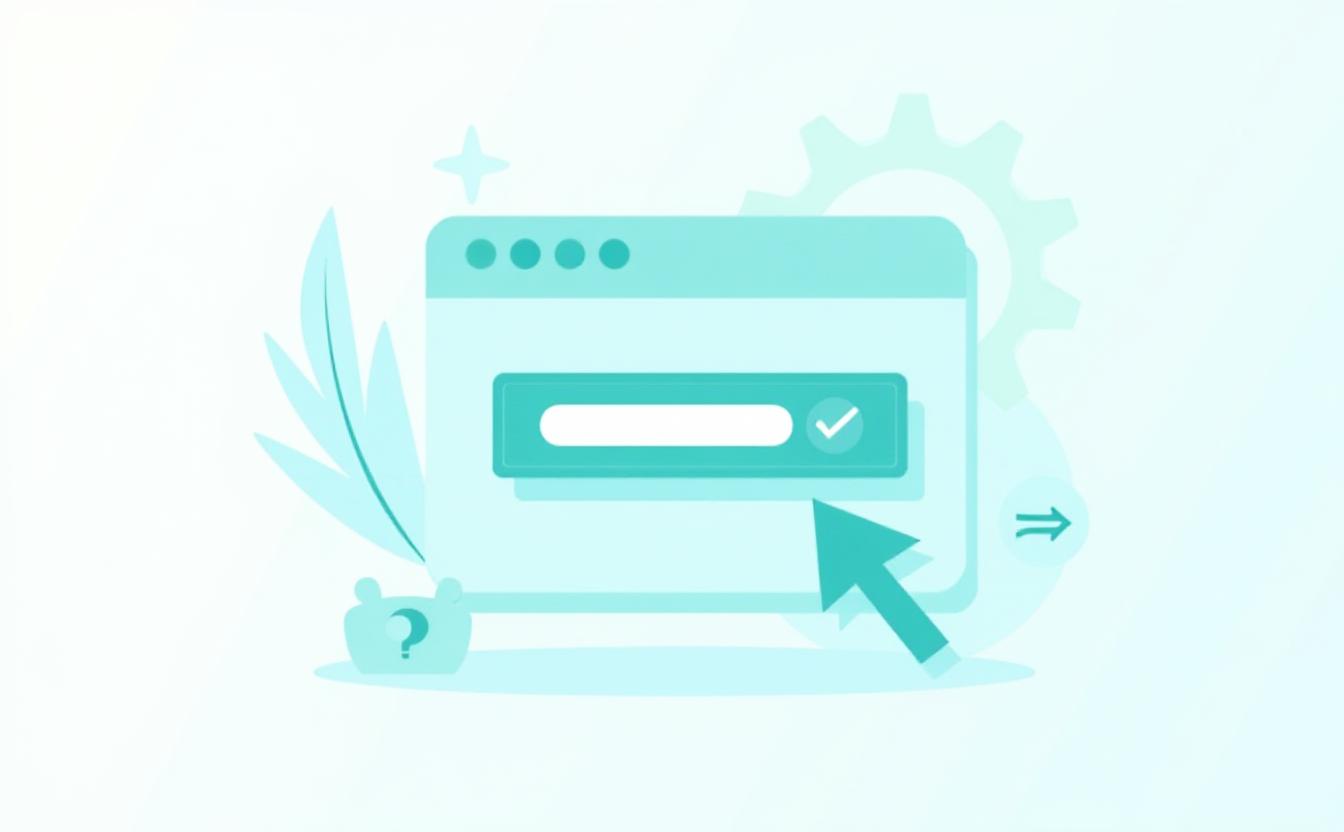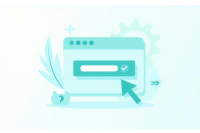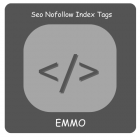What is a Canonical Tag? A Simple Explanation

What is a Canonical Tag? A Simple Explanation
Table of Contents
- Understanding the Purpose of a Canonical Tag
- How Canonical Tags Affect SEO
- When to Use a Canonical Tag
- Common Mistakes with Canonical Tags
- Auditing Canonical Tags for SEO Health
- Canonical Tags vs. Noindex Tags: Key Differences
- Best Practices for Using Canonical Tags
- Canonical Tags and E-commerce Websites
- Best Practices for Using Canonical Tags
- Canonical Tags and Syndicated Content
- How Canonical Tags Interact with Sitemaps
- Canonical Tags and URL Parameters
Understanding the Purpose of a Canonical Tag
A canonical tag is an HTML element that helps search engines understand which version of a webpage is the primary one. It tells search engines like Google to prioritize a specific URL when there are multiple pages with similar or identical content. This prevents issues like duplicate content, where the same or very similar pages might compete with each other for rankings. By using a canonical tag, you can ensure that the right page gets indexed and shown in search results.
How Canonical Tags Affect SEO
Canonical tags play a crucial role in SEO by preventing duplicate content penalties. When search engines find multiple URLs with identical or highly similar content, they may not know which version to rank. This can dilute the ranking potential of your pages. With a canonical tag in place, search engines are instructed to focus on the main page you want to be ranked, helping to consolidate link equity and improve your site’s overall SEO performance.
Tip
If you offer your SEO texts in several languages or localize them for different regions, your pages may be incorrectly classified as duplicate content. However, there is a simple solution to this in the form of hreflang. Our article explains what you need to bear in mind when using hreflang.
Read more about hreflangWhen to Use a Canonical Tag
Canonical tags are useful in several scenarios: Duplicate or Similar Content: When you have multiple pages with similar content, such as product pages with slight variations. Tracking Parameters: If you use tracking parameters (e.g., UTM codes) in URLs for marketing purposes, a canonical tag ensures that the original page is recognized as the primary version. Paginated Content: When you break content into multiple pages, you can use canonical tags to signal the main version to search engines.
Common Mistakes with Canonical Tags
Using canonical tags improperly can cause more harm than good. Here are some common mistakes: Pointing to the Wrong URL: Always ensure that the canonical tag points to the correct version of the page you want indexed. Multiple Canonical Tags: Each page should only have one canonical tag to avoid confusion. Self-Referencing Canonical Tags on Every Page: While not always wrong, it's unnecessary in most cases and can clutter the code. Incorrect Use with Pagination: Pages in a paginated series should not all point to the first page unless absolutely necessary.
Auditing Canonical Tags for SEO Health
Regularly auditing your canonical tags is a smart way to maintain the health of your SEO strategy. Tools like Google Search Console or SEO auditing software can help you check if: Canonical tags are pointing to the correct URLs. There are any pages missing canonical tags. There are conflicting canonical tags or errors that could confuse search engines. Conducting an audit ensures that your site is properly signaling to search engines and avoiding duplicate content issues.
Canonical Tags vs. Noindex Tags: Key Differences
Though both canonical and noindex tags control how search engines interact with your site, they serve different purposes: Canonical Tag: It tells search engines which version of a page should be indexed when multiple versions exist. Noindex Tag: It prevents search engines from indexing a page altogether, ensuring that it won’t appear in search results. You would use a canonical tag to consolidate similar content, but a noindex tag when you don’t want a page to be indexed at all, such as thank-you pages or admin pages.
Best Practices for Using Canonical Tags
To make the most of canonical tags, follow these best practices: Use Absolute URLs: Always use full URLs in your canonical tags rather than relative URLs to avoid potential confusion. Check for Canonical Errors: Regularly audit your site to ensure there are no conflicting or broken canonical tags. Be Consistent: Ensure that your canonical tags align with your site's internal linking and structure. Combine with Other SEO Techniques: Use canonical tags alongside sitemaps, robots.txt, and other SEO methods for a well-rounded strategy.
Canonical Tags and E-commerce Websites
Canonical tags are especially important for e-commerce sites, where duplicate content is common due to product variations, sorting filters, and pagination. For example, an online store may have several URLs for the same product, depending on how the user filters results (color, size, etc.). Without a canonical tag, search engines could see these variations as separate pages and dilute the ranking power. By using a canonical tag, you can point all variations back to the main product page. This helps preserve the page’s SEO value while still allowing users to filter and sort products as they like.
How Canonical Tags Interact with Sitemaps
Sitemaps are essential for helping search engines understand the structure of your website. Canonical tags work alongside sitemaps to ensure that the preferred pages are indexed, while sitemaps list the URLs you want search engines to crawl. If you have duplicate pages, ensure that the canonical version is included in your sitemap, and not the duplicates. This reinforces the signal to search engines that the canonical page is the one to be ranked.
Canonical Tags and URL Parameters
Many websites use URL parameters for tracking, sorting, and filtering content. These parameters can cause search engines to see multiple versions of the same page. For example, a product page might have different URLs based on how users sort items (e.g., by price or relevance). By adding a canonical tag to these pages, you can consolidate the ranking signals and avoid duplicate content issues. All URLs with parameters should point back to the main page without parameters using a canonical tag.
| What is a Canonical Tag? A Simple Explanation | |
|---|---|
| Understanding the Purpose of a Canonical Tag | Canonical tags signal to search engines which version of a webpage is the primary one, helping to prevent duplicate content issues and consolidate SEO efforts. |
| How Canonical Tags Affect SEO | Canonical tags improve SEO by preventing dilution of ranking power across duplicate or similar pages, ensuring the right page is prioritized in search results. |
| When to Use a Canonical Tag | Canonical tags are useful for handling duplicate content, URL parameters, and paginated content, ensuring search engines focus on the correct URL. |
| Common Mistakes with Canonical Tags | Errors such as pointing to the wrong URL, using multiple canonical tags, or failing to audit your tags can cause confusion for search engines and harm SEO. |
| How to Implement a Canonical Tag in HTML | A canonical tag is placed in the <head> section of the page’s HTML code with the URL of the preferred version, using the rel="canonical" attribute. |
| Canonical Tags vs. Noindex Tags | Canonical tags point to the preferred version of a page, while noindex tags tell search engines not to index a page at all. Use them based on your SEO goals. |
| Best Practices for Using Canonical Tags | Use absolute URLs, ensure consistent use, audit regularly, and combine canonical tags with other SEO strategies for maximum effectiveness. |
FAQs
What is the purpose of a Canonical Tag?
A canonical tag is an HTML element that helps search engines identify the primary version of a webpage, preventing duplicate content issues by prioritizing one URL over others.
How do Canonical Tags impact SEO?
Canonical tags prevent duplicate content penalties by telling search engines to focus on the primary page. This helps consolidate link equity and improves the ranking potential of your website.
When should I use a Canonical Tag?
Canonical tags should be used when you have duplicate or similar content, tracking parameters, or paginated content. They ensure that search engines index the correct version of the page.
What are common mistakes with Canonical Tags?
Common mistakes include pointing to the wrong URL, using multiple canonical tags, self-referencing tags unnecessarily, and incorrect use with paginated content.
How can I audit my Canonical Tags for SEO health?
Use tools like Google Search Console to check if your canonical tags point to the correct URLs, are missing from any pages, or are conflicting with others, ensuring SEO strategy consistency.
What’s the difference between Canonical Tags and Noindex Tags?
Canonical tags indicate the preferred version of a page, while noindex tags prevent a page from being indexed at all. Use canonical tags for duplicate content and noindex tags for non-essential pages.
What are the best practices for using Canonical Tags?
Use absolute URLs, audit regularly for errors, ensure consistency with internal linking, and combine canonical tags with other SEO techniques like sitemaps and robots.txt for optimal results.
Why are Canonical Tags important for E-commerce websites?
For e-commerce sites with product variations, canonical tags help prevent duplicate content issues by consolidating the SEO value of similar product pages and pointing to the main product page.
How do Canonical Tags interact with sitemaps?
Canonical tags ensure that preferred pages are indexed, while sitemaps help search engines understand your site structure. Include only the canonical version in your sitemap to reinforce SEO signals.
What is the role of Canonical Tags with URL parameters?
When URL parameters are used for tracking or filtering, canonical tags point search engines to the main page without parameters, avoiding duplicate content and consolidating ranking signals.










